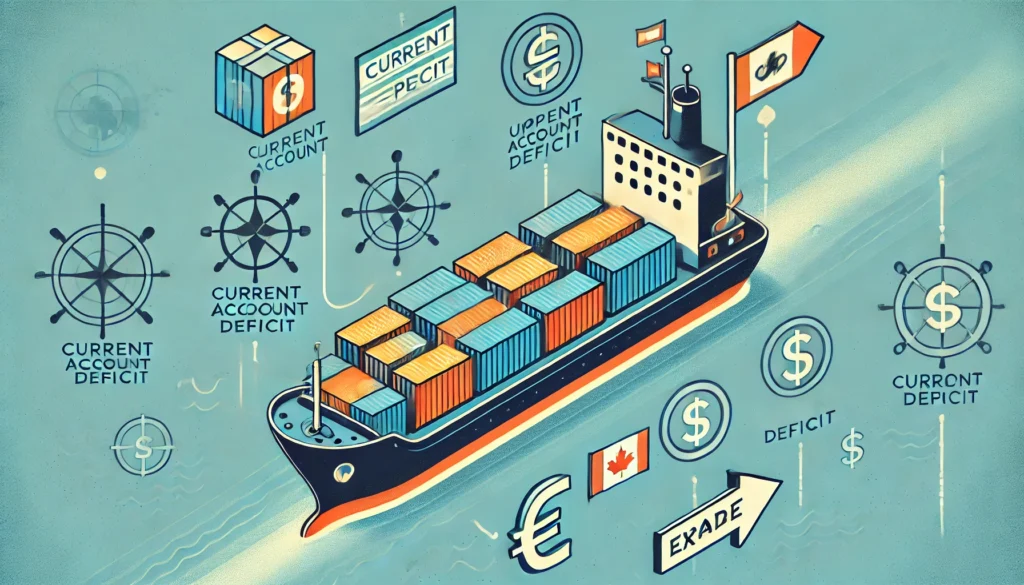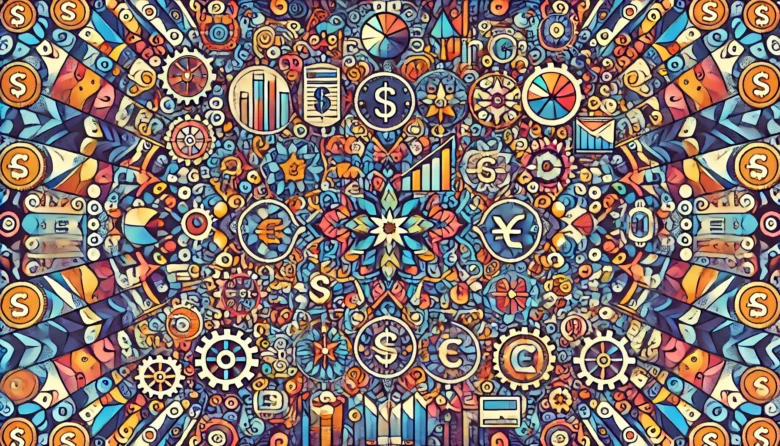Welcome to a journey through the kaleidoscopic world of economic indicators! Whether you’re a seasoned investor or someone curious about how the economy works, understanding these indicators can provide valuable insights into the financial landscape. In this blog “Understanding Economic Indicators in India”, we’ll break down complex economic terms into easy-to-understand concepts, making sure it’s relevant to the Indian public.
What Are Economic Indicators?
Economic indicators are statistics that represent a country’s economic condition. They help policymakers, investors, and citizens make informed decisions. In India, these indicators are crucial for understanding the dynamics of our economy.

Key Economic Indicators to Watch
1. Gross Domestic Product (GDP)
GDP calculates the overall value of goods and services produced within a country. It’s a broad indicator of economic activity and health. For instance, a rising GDP signifies a growing economy.
2. Inflation Rate
The inflation rate indicates how much prices for goods and services are increasing over time. The Consumer Price Index (CPI) and the Wholesale Price Index (WPI) are commonly used measures in India. High inflation can erode purchasing power, making everyday items more expensive.
3. Unemployment Rate
This indicator shows the percentage of the workforce that is unemployed and actively seeking employment. A lower unemployment rate generally means a healthier economy.
4. Interest Rates
The Reserve Bank of India (RBI) sets the benchmark interest rates, which influence borrowing costs and consumer spending. Lower interest rates can boost spending and investment, while higher rates might slow down economic activity.
5. Foreign Exchange Reserves
These are assets held by the central bank in foreign currencies. High reserves indicate a country can handle economic shocks better and maintain the value of its currency.
6. Current Account Deficit (CAD)
The CAD gauges the disparity between the value of imports and exports. A high deficit can mean a country is borrowing more from the rest of the world, which might be a concern for economic stability.
How Do These Indicators Affect You?
Grasping these indicators can assist you in making more informed financial choices. For example, if inflation is rising, you might want to adjust your savings strategy to protect your purchasing power. If interest rates are low, it could be a good time to take out a loan for a big purchase.
Real-World Examples
Infosys (a global company offering IT services)
When Infosys reports higher earnings, it can signal a healthy tech sector, which might boost investor confidence and influence stock prices.
Maruti Suzuki (a prominent car manufacturer in India)
If Maruti Suzuki’s sales are rising, it could indicate robust consumer demand and economic growth.

Conclusion
Economic indicators are like a kaleidoscope, constantly shifting and revealing different patterns in the economy. By paying attention to these indicators, you can gain valuable insights and make informed decisions that benefit your financial health.
Author’s Note
Understanding economic indicators can seem daunting, but breaking them down into simple terms can make a huge difference. I hope this blog helps you navigate the complex world of economics with ease.
G.C., Ecosociosphere contributor.




